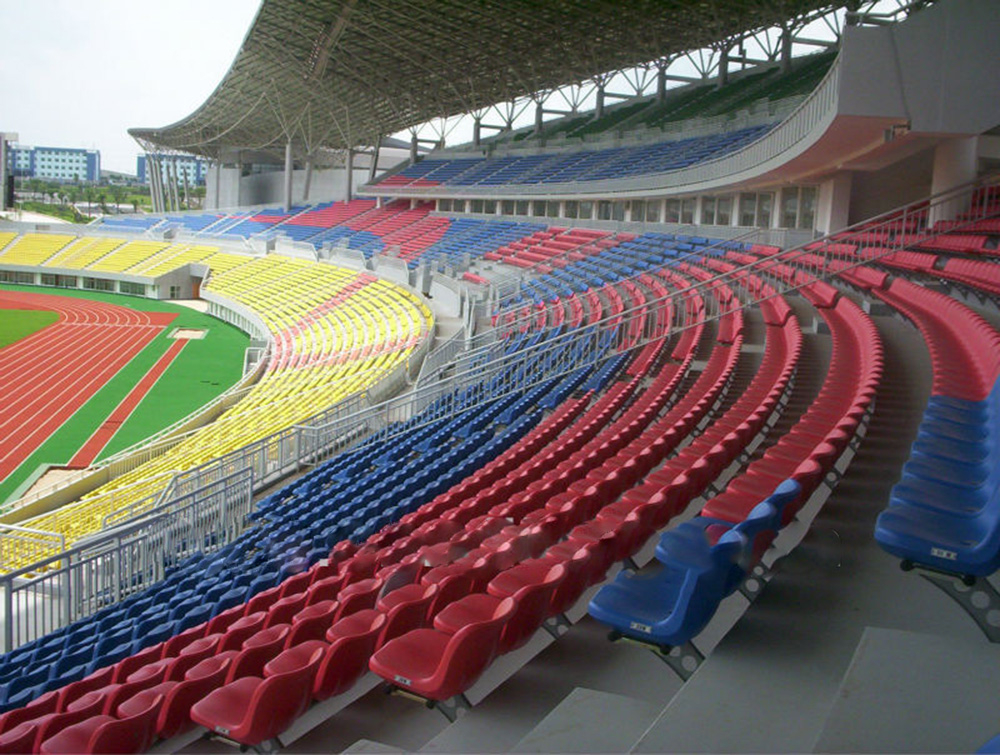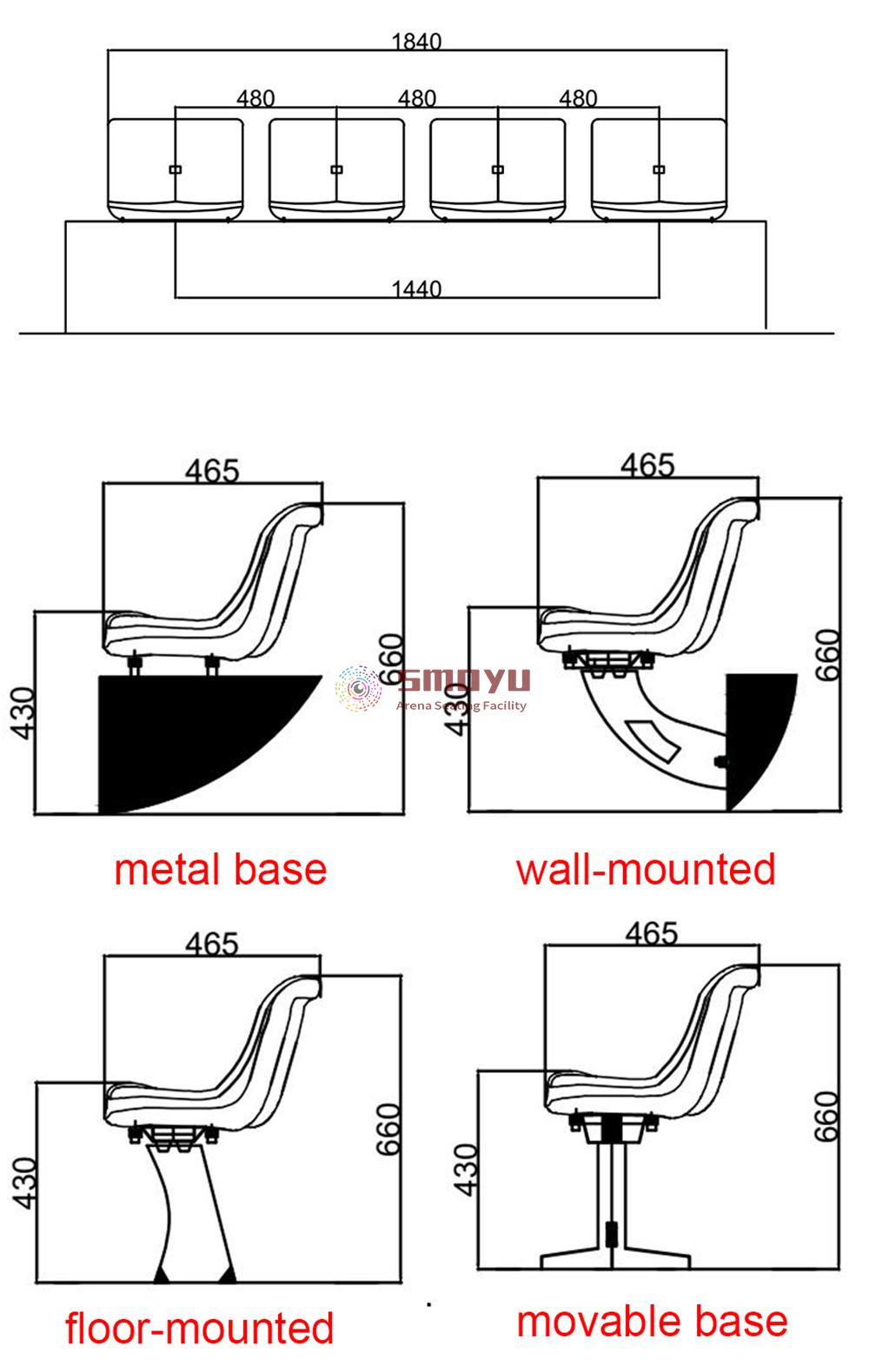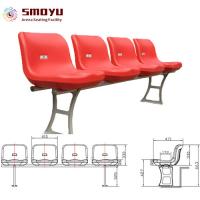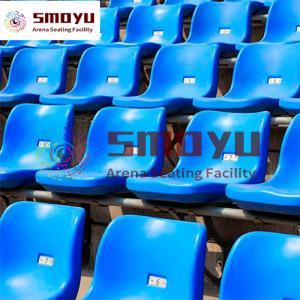What are matters for a new Arena Seating?
arena seating
Most arenas and sports venues will require spectator seating. It’s important for the seats to be comfortable, durable, waterproof and permanently fastened to the ground. For cost saving, Standard stadium and arena seats are usually plastic with no padding or cushioning. Premium seats are popular for executive seating areas and often padded with leather for extra comfort. Seating options include folding or non-folding, permanent or temporary, material and colour.

Outdoor Seating - A common problem with outdoor seating is UV resistance because the colour pigment will often fade over time when exposed to sunlight. Wembley Stadium suffered from this problem back in May 2007 when the London Metro reported that 17,000 red coloured seats had to be replaced due to fading. With the appropriate UV stabiliser additives, some thermoplastics such as PVC (Polyvinyl chloride) and ABS (Acrylonitrile Butadiene Styrene) can withstand sun exposure and remain colourfast.

arena seating Plan - When installing new seating areas at your sports venue, there are likely to be several options such as: spacing between seats; non-tiered or tiered seating; linear or curved seating rows. The design of a sports venue should consider the most efficient seating plan in contrast to the cheapest seating plan.
Seat Positioning - Sports venue construction architects will need to decide what portion of the ground will be occupied by spectator seating and how it will be positioned. For instance, the spectator seating could be very close to sports pitch or it could be positioned further away. Close seating will improve the atmosphere because spectators are next to the action but this can make the design and planning more difficult. Interestingly, several sporting venues have suffered from placing large tiered seating areas next to the pitch because this has blocked out sunlight that turf needs to grow.

Spectator Safety - Even in small sports venues, it is important to be familiar with government safety requirements for accommodating spectators. Spectator safety is an even greater issue with large construction projects such as high capacity sports stadiums. Historically, football stadiums have favoured terraces with standing-room-only instead of seating, which allowed a greater capacity crowd and was more cost effective to build. In the interest of safety and following the Hillsborough Disaster in 1989 in which 96 people died due to overcrowding, most major league football teams now have all-seater stadiums. The same safety concept applies to arena seating.






